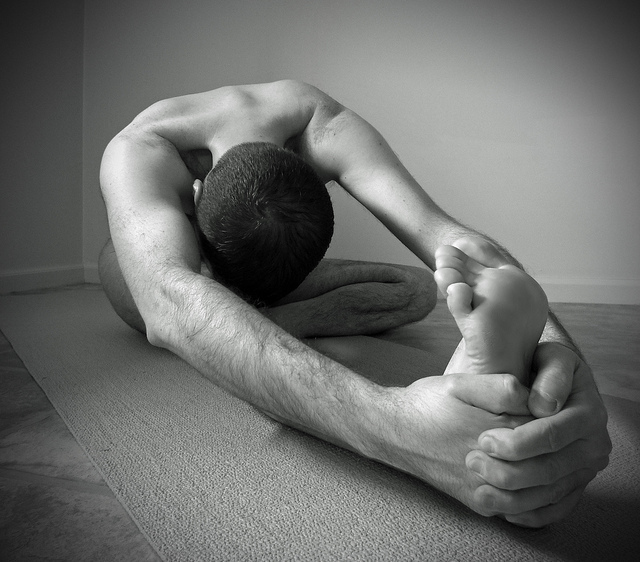Here are some tips that will help to avoid back injuries:
- Always use correct techniques for bending, lifting, and moving loads
- Exercising can help strengthen back and abdominal muscles, which will help support the back
- Always wear comfortable, supportive, and nonslip shoes
- Proper posture helps ease strain on the back
- Losing weight helps put less strain on the back, so if you’re over weight, try losing some pounds to give your back a break
All employers in the United States adhere to Occupational Safety and Health Administration guidelines for proper techniques to be used for specific jobs. Following these techniques helps reduce back injuries.
If lifting is a part of the job, here is important information to keep your back healthy even while lifting heavy objects.
- Make sure there is enough room to lift the item. That means test its weight and make sure you’re able to do the lifting safely.
- Get help for something that is too heavy or awkwardly shaped. Use a dolly to move heavy objects or split the load into multiple smaller loads if possible.
- Keep loads close to the body when lifting to reduce strain.
- Your feet should be shoulder-width apart to form a solid base of support
- Grip what you’re lifting tightly
- Always bend at the knees, not the waist
- Do not rely on a back belt to provide necessary support for proper lifting; back belts do offer support, but shouldn’t be used as the only method of support
- Take breaks when lifting multiple items
- Avoiding twisting as you lift.
- Use gloves when necessary for lifting to help with traction and protection
The Frequency of Back Injuries
According to the Centers for Disease Control, back injuries account for 20% of all injuries and illnesses in the workplace. These injuries cost 20 to 50 billion dollars each year. The most effective way to prevent back injuries is to implement an ergonomics program that helps redesign the work environment and work tasks to reduce any hazards associated with lifting, according to the National Institute for Occupational Safety and Health.
There are many products that can help prevent back injuries in all types of industries. Whether an employee is working on a loading dock or in an office, ergonomic products help maintain proper positioning at all times so that the body stays in alignment.
What Injuries Mean for Businesses
It’s important for businesses to keep abreast of the injuries that can and do occur in the workplace. Keeping accurate data of these cases is necessary so that all information is compiled and company heads are able to stay focused on the big data bottom line.
This information can include everything from the number of injuries and incidents to customer satisfaction. Most of all, it helps everyone from employers to employees to stay safe and keep the flow of work steady. 
photo credit: Nicholas_T via photopin cc
Dana Rasmussen writes about workplace safety tips and how to prevent injuries. She’s a big fan of ergonomically correct computer accessories.
